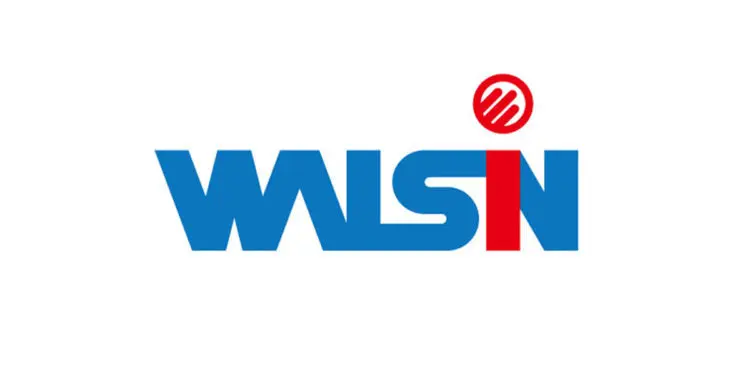Shares of Walsin Technology Corp (華新科技) yesterday tumbled after the passive components supplier said that it was suspending production at its Malaysian factory because of a COVID-19 outbreak among its workers.
The suspension led to concerns that customers would shift their orders to rivals of Walsin Technology, such as Yageo Corp (國巨), dealers said.
Walsin Technology shares fell 3.66 percent to close at NT$184.5 on the Taiwan Stock Exchange, where the benchmark TAIEX was down 0.49 percent at 13,738.83 points after coming off a high of 13,893.20 on profit-taking.
Yageo shares also dropped 3.31 percent to NT$423.
Walsin Technology did not disclose how many employees at the plant had contracted COVID-19, but said that it was screening the employees and would apply to the Malaysian authorities to resume production, depending on the test results.
The plant is in Ipoh, about 180km north of Kuala Lumpur.
Malaysia, where many Taiwanese manufacturers have factories, had reported 58,847 confirmed cases of COVID-19 as of yesterday and 341 deaths from the disease, the Web site of Johns Hopkins University’s Coronavirus Research Center showed.
Foreign brokerages have said that Walsin Technology’s plant in Malaysia specializes in chip resistors used in automotive electronic devices and high-end power management chip production.
Because global demand for chip resistors remains solid, analysts expected that Yageo would benefit from the suspension of production at the Malaysian plant.
Walsin Technology’s share of the global chip resistor market stands at 22 percent, while Yageo has the largest share at 34 percent, market estimates have shown.
Walsin Technology told its clients that its plants in Taiwan, Japan and China would fill the void created by the suspension, and that the suspension should not have a material impact on its supply of components, local media reported































